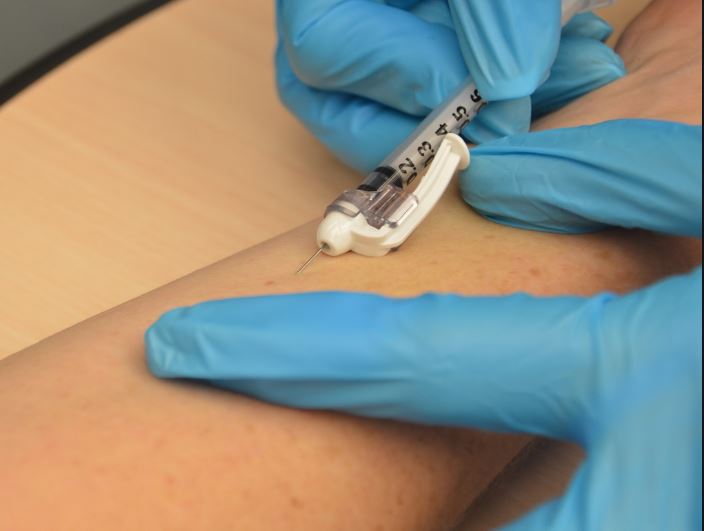Key Points
- Obesity-related heart failure with preserved ejection fraction (HFpEF) is associated with increased left ventricular (LV) concentric remodeling and paracardiac adipose tissue (PAT), which may exacerbate HFpEF through systemic and myocardial inflammation.
- The cardiac magnetic resonance imaging (CMR) substudy of the SUMMIT trial demonstrated that tirzepatide, a dual GIP/GLP-1 receptor agonist, significantly reduces LV mass and PAT in patients with obesity-related HFpEF.
- Tirzepatide’s effects on cardiac structure and function correlated with weight loss and improvements in other clinical parameters, and may have contributed to its clinical efficacy in reducing heart failure events
Obesity-related heart failure with preserved ejection fraction (HFpEF) is characterized by increased left ventricular (LV) concentric remodeling and excessive accumulation of paracardiac adipose tissue (PAT), which may exacerbate HFpEF through inflammatory mechanisms. Tirzepatide, a dual GIP and GLP-1 receptor agonist, induces significant weight loss and may benefit HFpEF by reducing LV mass and PAT.
On November 18th 2024, the results of “Effect of Tirzepatide on Cardiac Structure and Function in Obese HFpEF: the SUMMIT CMR Substudy” were presented at AHA Scientific Sessions 2024 with simultaneous publication in Journal of the American College of Cardiology.
The SUMMIT trial included this CMR substudy to investigate tirzepatide’s impact on cardiac structure and function in patients with obesity-related HFpEF. A total of 175 patients with NYHA class II-IV HF, ejection fraction ≥50%, and a body mass index ≥30 kg/m² were randomized to tirzepatide (N=80) or placebo (N=95) for one year. Participants underwent CMR imaging at baseline and either at Week 52 or earlier if the patient was terminated from the study prior to Week 52. Blinded operators using MEDIS software measured parameters including LV and LA size and function, strain, and paracardiac fat volume. The primary endpoint was the between-group changes in LV mass. Secondary outcomes included changes in PAT, LV end-diastolic and stroke volumes, LA volumes, and global strain metrics.
In the overall SUMMIT trial, tirzepatide demonstrated clinical benefits by reducing the combined risk of cardiovascular death or worsening HF events compared to placebo. For the CMR substudy, 106 participants (50 tirzepatide, 56 placebo) completed both baseline and follow-up CMR with adequate image quality. Tirzepatide reduced LV mass by 11g (95% CI: −19 to −4 g, p = 0.004), paracardiac adipose tissue by 45 mL (95% CI: −69 to −22 mL, p < 0.001), and LV stroke volume by 8mL (95% CI: −14 to −2 mL, p = 0.011) compared to placebo. LV mass reduction correlated with weight loss (p < 0.02) and had near significant correlation with changes in waist circumference and blood pressure (P = 0.06 for both). No significant changes were see in left atrial measures, LVEF, or LV strain.
The SUMMIT CMR substudy highlights tirzepatide’s unique ability to reverse obesity-related cardiac remodeling by reducing LV mass and PAT. These changes correlated with weight loss, suggest that tirzepatide’s effects on cardiac structure may contribute to its observed clinical benefits in HFpEF.
- Kramer, C, Borlaug, B, Zile, M. et al. Tirzepatide Reduces LV Mass and Paracardiac Adipose Tissue in Obesity-Related Heart Failure: SUMMIT CMR Substudy. null2024, 0 (0) .https://doi.org/10.1016/j.jacc.2024.11.001





